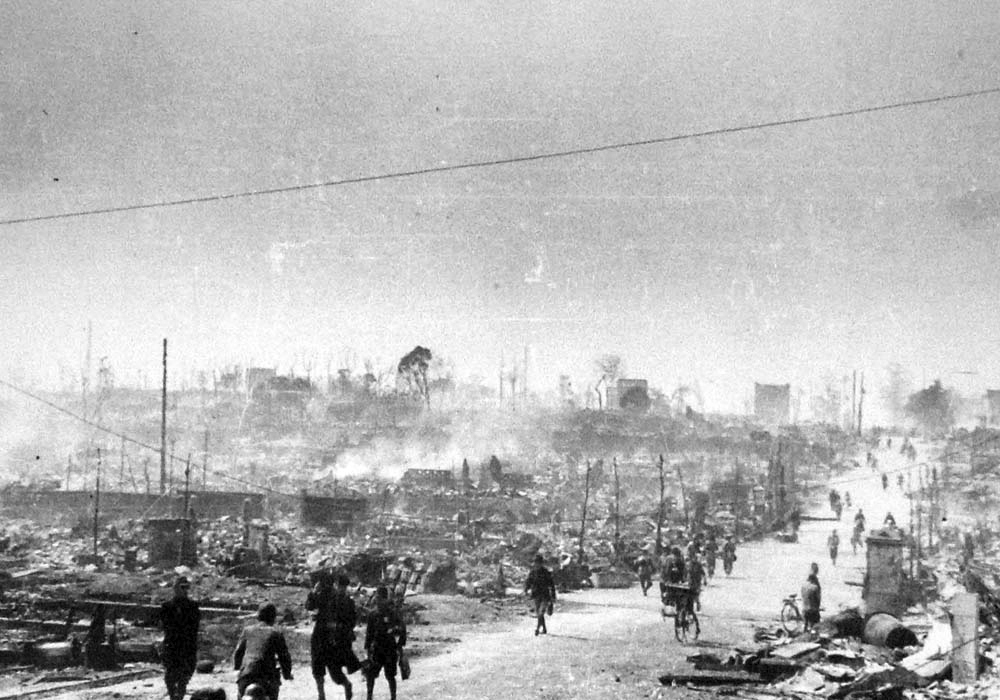Interesting, is this the equivalent of the OTL Operation Meetinghouse, the 9-10 Mar 1945 fire raid that burned out over 15 square miles of the city and killed more than 100,000 (this raid per wiki is the single most destructive air raid in history, doing more damage than either atomic bomb)?Tokyo, June 20 1945
The southern districts of the city were in flames. The red glow could be seen almost a hundred miles away. A few anti-aircraft batteries were still firing at the photographic recon planes that were making an early morning pass. No one would be able to fully assess the damage or the losses for weeks as bodies were discovered in nooks and crannies of alleys and others who were only a few steps ahead or behind of those dead had been able to run for several kilometers until they could get to the other side of waterways and fire breaks.
Hours later, the bomb groups on Ishigaki received word that the strike had been successful and new targets were to be designated once the front from Siberia cleared the Home Islands.
Given it is happening in June rather than March, did the Americans stick with conventional attacks longer?
